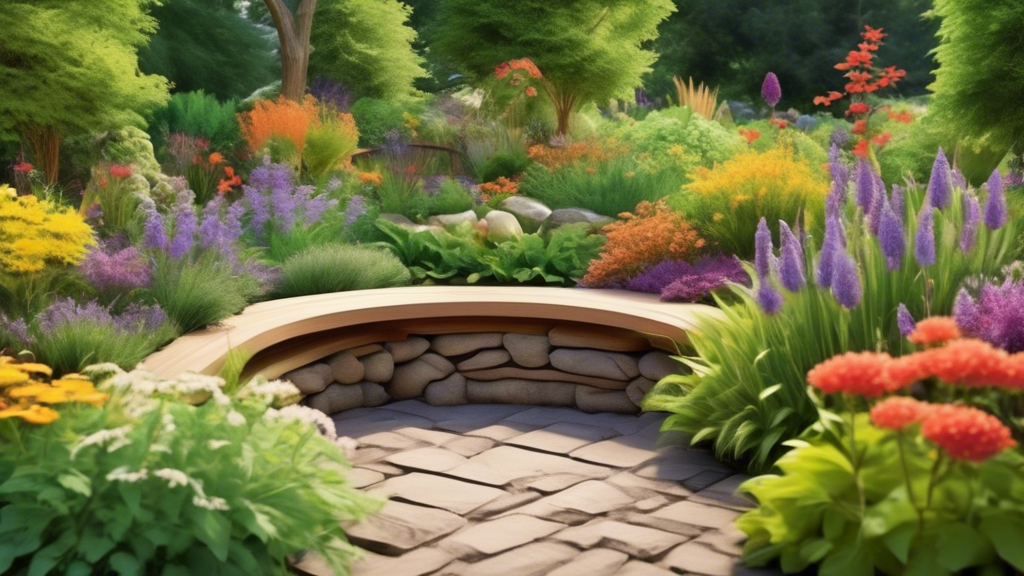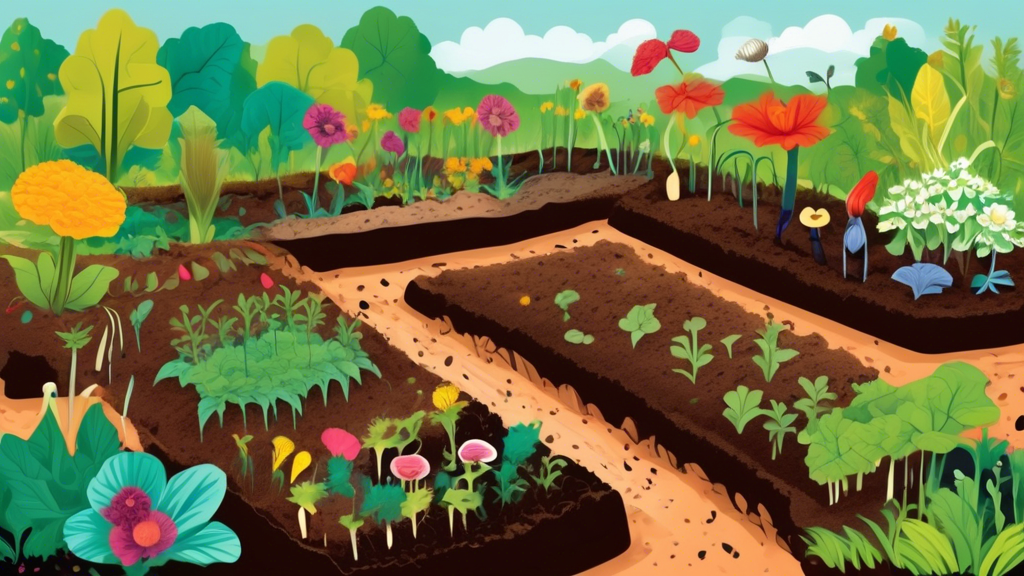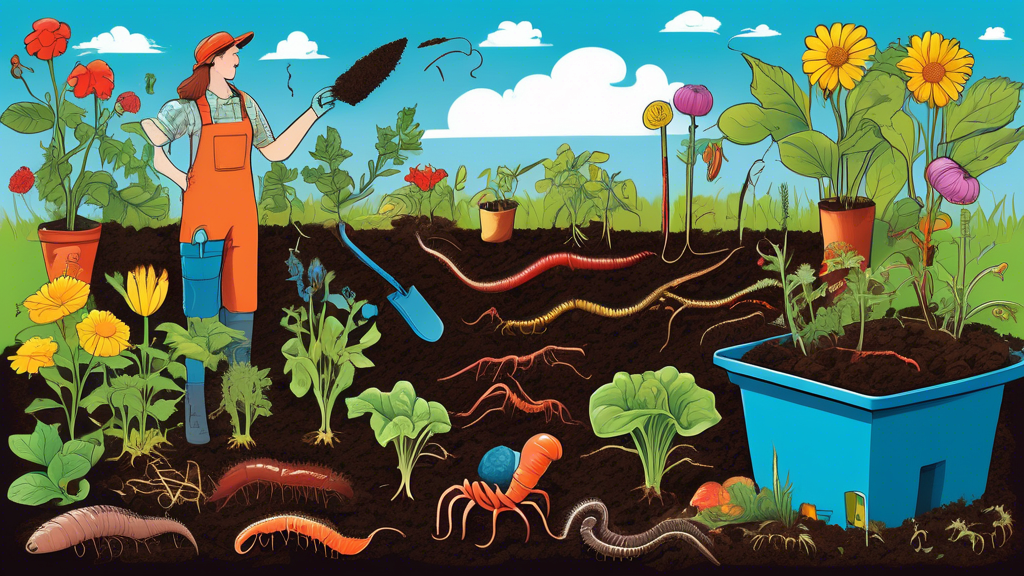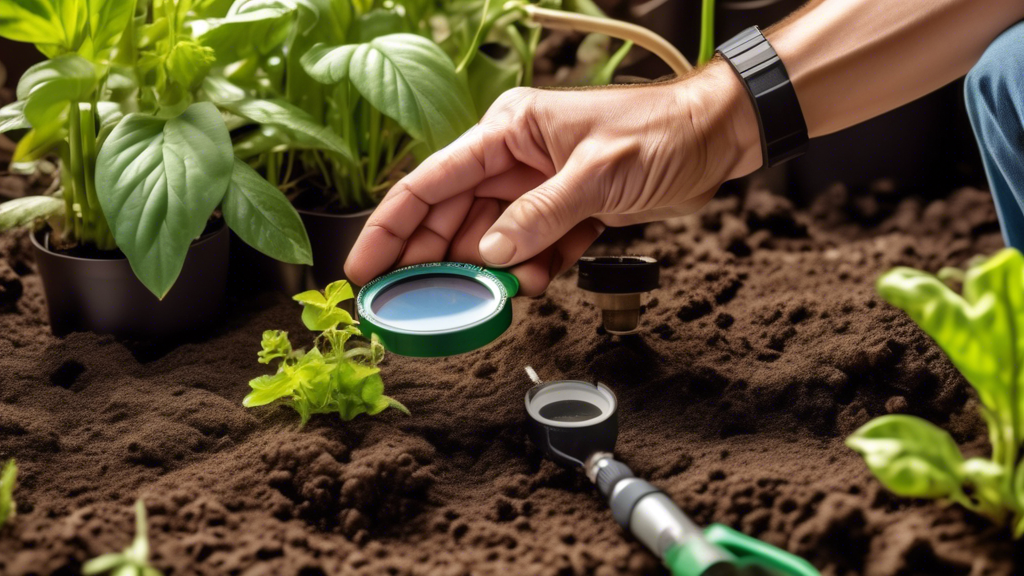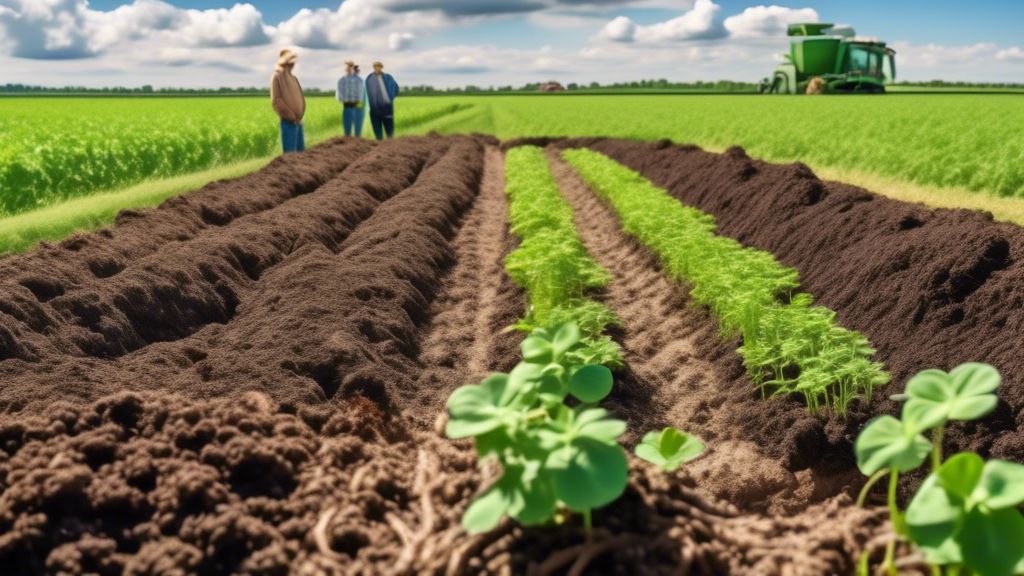
Why Your Garden is Begging for Compost
The Unbeatable Benefits of “Black Gold”
Compost, often called “black gold” by gardeners, is the ultimate soil amendment. It supercharges your soil with essential nutrients like Nitrogen, Phosphorus, and Potassium (NPK) in a slow-release, plant-available form. Beyond nutrition, it dramatically improves soil structure, helping sandy soil retain water and clay soil drain better. It also encourages a thriving ecosystem of beneficial microbes and earthworms, which naturally suppress plant diseases and reduce the need for chemical fertilizers.
Common Challenges for Gardeners (And How Compost is the Solution)
- Challenge: “My plants are weak and my harvests are small.”
Solution: Compost provides a complete nutritional profile for robust growth and bountiful harvests. - Challenge: “I’m spending a fortune on bagged soil and fertilizers.”
Solution: Compost is a free, sustainable resource made from your own kitchen and yard waste. - Challenge: “My soil is either a dust bowl or a swamp.”
Solution: Compost acts as a soil conditioner, creating the perfect, moisture-retaining yet well-draining loamy texture. - Challenge: “I feel guilty throwing away so much kitchen waste.”
Solution: Composting closes the loop, turning waste into a valuable resource for your garden.
Getting Started: Your Composting Method Toolkit
The Classic Compost Pile or Bin (The Workhorse)
This is the most common method, best for gardeners with some outdoor space. It can be as simple as a free-standing pile or a contained bin. The core principle involves layering “Browns” (carbon-rich materials like dried leaves) and “Greens” (nitrogen-rich materials like kitchen scraps).
Tumbling Composers (For Speed and Convenience)
Ideal for smaller spaces and those wanting to avoid turning a pile with a pitchfork. These enclosed barrels are mounted on a frame for easy turning.
| Pros | Cons |
|---|---|
| Faster decomposition due to easy aeration | Smaller capacity |
| Contained and neat, deters pests | Can be more expensive than a simple bin |
| Very easy to turn and mix | Can be heavy to spin when full |
Worm Farming (Vermicomposting)
The secret weapon for apartment dwellers or those with no yard. Using special worms (like Red Wigglers) in a sealed bin, you can compost your food scraps indoors. This method produces incredibly rich worm castings and a liquid fertilizer known as “compost tea.”
The Alchemy of Composting: Building Your Pile
The Perfect Recipe: Balancing Greens and Browns
Successful composting relies on the right balance between two types of materials. Getting this balance right is the key to a healthy, non-smelly, and efficient compost pile.
| Greens (Nitrogen-Rich) | Browns (Carbon-Rich) |
|---|---|
| Fruit and vegetable scraps | Dried leaves |
| Coffee grounds and filters | Straw or hay |
| Fresh grass clippings | Cardboard (shredded) |
| Tea bags | Paper (non-glossy, shredded) |
| Plant trimmings | Wood chips or sawdust |
The Ideal Ratio: A common starting point is a 2:1 or 3:1 ratio of Browns to Greens by volume. If the pile is soggy or smelly, add more Browns. If it’s not heating up, add more Greens.
What NOT to Compost
To maintain a healthy pile and avoid pests and odors, avoid adding:
- Meat, bones, and dairy products: Attract pests and can create foul odors.
- Oily or greasy foods.
- Diseased plants or weeds that have gone to seed (the seeds may survive).
- Pet waste from cats or dogs (can contain harmful pathogens).
- Glossy or colored paper.
The Secret to Speedy Decomposition: Aeration and Moisture
Your compost pile is a living ecosystem. Turning your pile regularly with a pitchfork or compost aerator introduces oxygen, which fuels the aerobic microbes that do the decomposing work. Your pile should also be as moist as a wrung-out sponge. If it’s too dry, decomposition slows; if it’s too wet, it can become anaerobic and smelly.
Troubleshooting Common Composting Problems
My Compost Smells Bad!
Likely Cause: Too many Greens, not enough Browns, or a lack of air leading to anaerobic conditions.
Fix: Add more browns (like shredded cardboard or dry leaves) and turn the pile thoroughly to introduce oxygen.
The Pile is Just Sitting There, Not Breaking Down
Likely Cause: The pile is too dry, too cold, or lacks nitrogen (Greens).
Fix: Add water to achieve the “wrung-out sponge” moisture level, add more Greens like kitchen scraps or grass clippings, or make the pile larger to help it generate its own heat.
I Have Pests! (Flies, Raccoons, etc.)
Likely Cause: Exposed food scraps, especially attractive materials like meat or dairy.
Fix: Always bury new food scraps under a thick layer (6-8 inches) of Browns. Using a bin with a lid or a tumbler can also effectively deter pests.
Beyond the Basics: A Unique Insight for Gardeners
The “No-Turn” or “Cold Composting” Method
Many gardeners don’t know that you don’t *have* to constantly turn your pile. While turning speeds things up, a “cold” or “passive” pile will still decompose—it just takes longer (6 months to 2 years). This is a perfect, low-effort method for the patient gardener. The key is to build the pile with a good mix of Browns and Greens from the start and let nature take its course. The resulting compost is often teeming with even more beneficial fungi, which is excellent for perennial beds, shrubs, and trees, as fungi form symbiotic relationships with plant roots.
Compost vs. Fertilizer: What’s the Real Difference?
Understanding the distinction is crucial for garden health.
| Aspect | Compost | Fertilizer |
|---|---|---|
| Primary Function | Soil Conditioner: Feeds the soil ecosystem. | Plant Food: Feeds the plant directly. |
| Nutrient Release | Slow-release, long-lasting. | Fast-release, immediate but short-lived. |
| Impact on Soil | Improves structure, water retention, and microbial life. | Little to no improvement in soil health. |
| Best Use | Long-term soil building and health. | Targeted, seasonal nutrient boosts. |
The Winner? Use both! Compost for building a resilient, healthy soil foundation and fertilizer for targeted, immediate corrections of specific nutrient deficiencies.
Frequently Asked Questions (FAQs)
How long does it take to make compost?
It depends entirely on the method and conditions. A well-managed, frequently turned “hot” compost pile can produce finished compost in 2 to 3 months. A passive “cold” compost pile will take longer, typically between 6 months and 2 years.
Can I compost if I live in an apartment?
Absolutely! Vermicomposting (using a worm bin) is an excellent, odor-free method for indoor composting. Another option is a Bokashi bin, which ferments kitchen waste (including small amounts of meat and dairy) in an airtight container.
How do I know when my compost is ready to use?
Finished compost should look, feel, and smell like dark, crumbly soil. It will have a pleasant, earthy aroma. You should not be able to recognize the original materials like eggshells or leaves, though some small, woody bits might remain and can be sifted out.
Is it okay to have worms in my compost bin?
Yes! It’s a fantastic sign of a healthy compost ecosystem. Worms are decomposing superstars—they consume organic matter and produce worm castings, which are one of the most potent and balanced natural fertilizers available.
Conclusion: Composting is a simple, rewarding practice that transforms waste into the most valuable resource for your garden. It empowers you to create nutrient-rich soil, leading to healthier, more vibrant plants. Start small, learn by doing, and enjoy the process of building your garden from the ground up.

